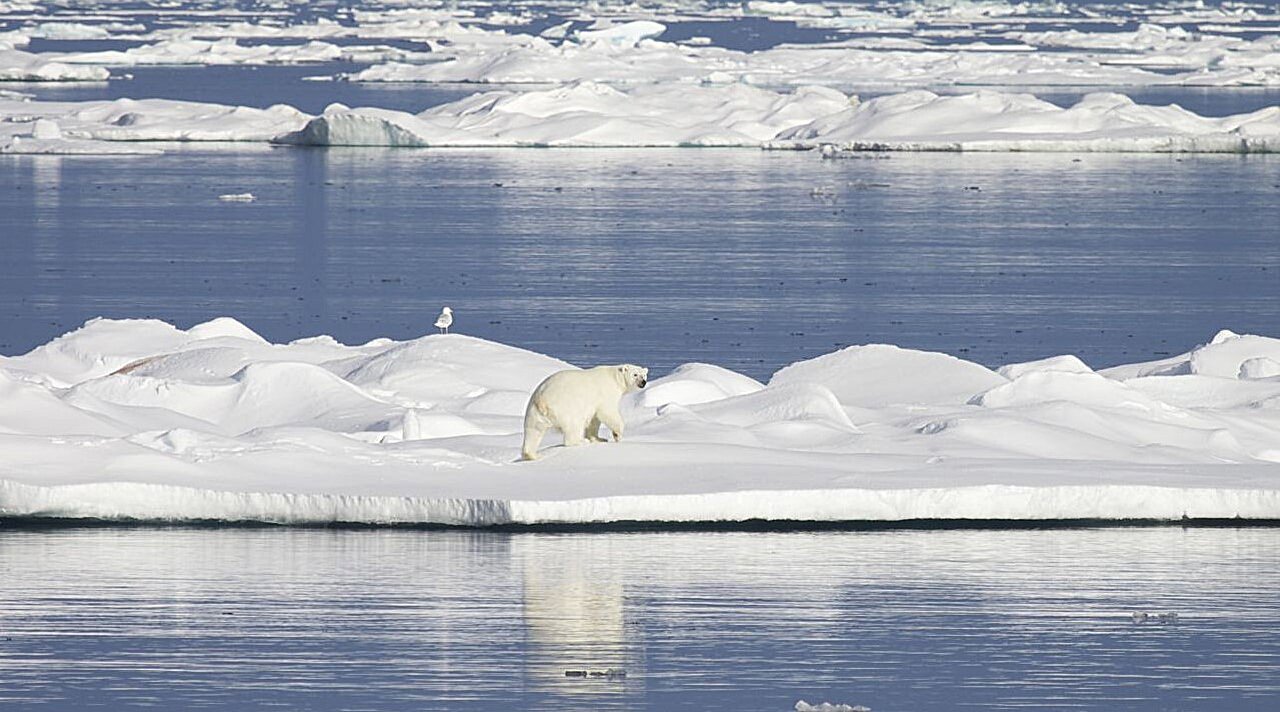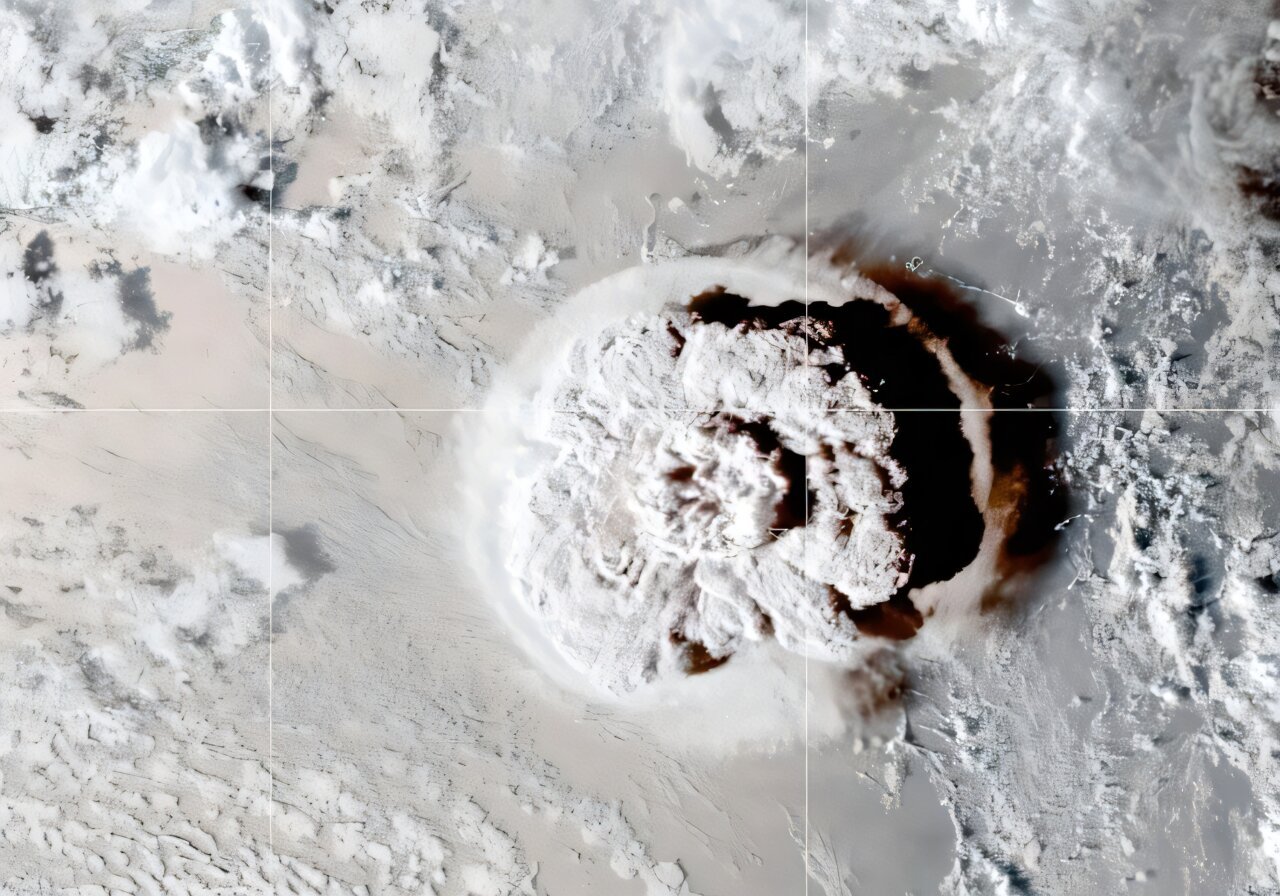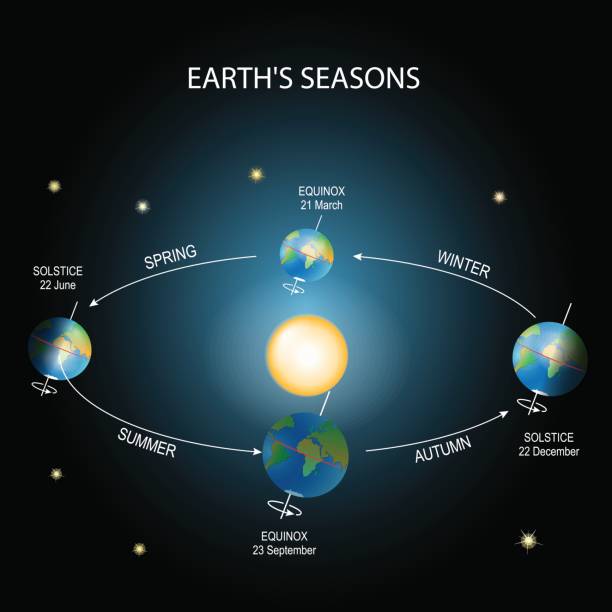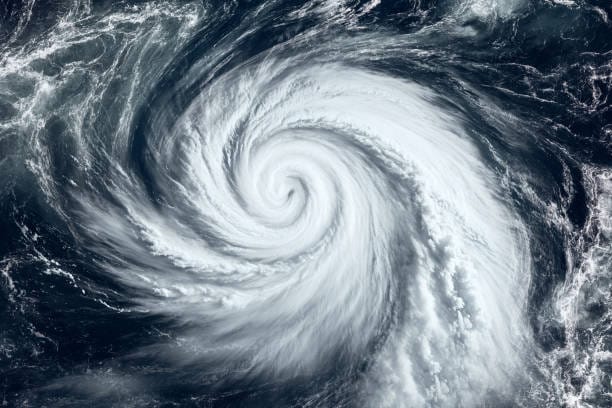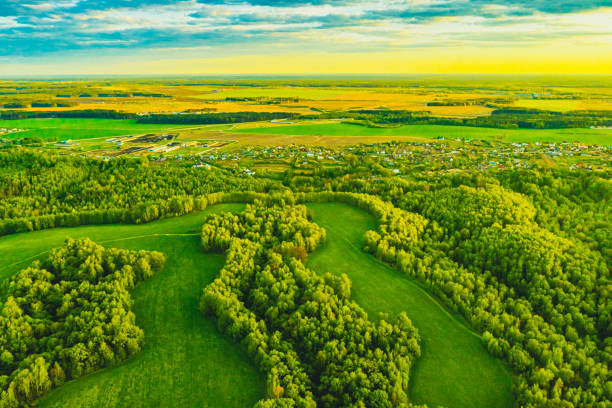The Arctic, a realm of ice, silence, and stunning natural beauty, is often imagined as a place frozen in time. But in reality, it’s a region in relentless motion. While the polar bears, tundra, and glaciers appear timeless, the Arctic is undergoing one of the most dramatic climate transformations on Earth. In recent decades, the region has been warming at a rate three to four times faster than the global average, a phenomenon scientists call Arctic amplification.
This rapid warming is not merely a polar concern—it reverberates far beyond the Arctic Circle, disrupting global weather patterns, accelerating sea level rise, and pushing fragile ecosystems closer to collapse. Yet, despite the urgency, a vexing mystery has persisted: why have climate models consistently underestimated the rate at which the Arctic is heating up?
A groundbreaking study from Japan may now offer a crucial piece of that puzzle, pointing to a culprit hiding in plain sight above our heads: clouds.
A Tale of Two Scientists and One Big Arctic Question
In the quiet research halls of Kyushu University, graduate student Momoka Nakanishi and her advisor, Associate Professor Takuro Michibata, were not looking for headlines—they were looking for answers. Working within the university’s Interdisciplinary Graduate School of Engineering Sciences and the Research Institute for Applied Mechanics, respectively, the duo began examining the Arctic’s peculiar thermal behavior. What they found could reshape how we understand not only the Arctic climate, but global climate forecasts.
Their study, recently published in Ocean-Land-Atmosphere Research, presents compelling evidence that clouds—specifically, the composition of wintertime Arctic clouds—are a major source of error in current climate models.
Clouds: Parasol in Summer, Blanket in Winter
Clouds are more than just fluffy ornaments in the sky. They are climate regulators, intricately linked to Earth’s energy balance. Nowhere is this more apparent than in the Arctic, where mixed-phase clouds dominate.
These clouds contain both ice crystals and supercooled liquid water droplets, and their role in the Arctic climate varies drastically with the seasons. During the Arctic summer, the sun never sets, casting continuous light across the frozen sea. In this sun-drenched environment, mixed-phase clouds behave like parasols—they reflect incoming solar radiation back into space, contributing to a cooling effect.
But in the endless darkness of Arctic winter, these same clouds flip roles. With no sunlight to deflect, they become insulators, absorbing heat radiating from the Earth’s surface and reflecting it downward. This effect traps warmth and slows the loss of energy to space. It’s like throwing a thick blanket over the Arctic at the very time when it should be radiating its heat into the cosmos.
However, how well these clouds trap heat depends on a subtle but powerful detail—the ratio of liquid water to ice crystals.
The Devil Is in the Droplets
“The more liquid water a cloud contains, the more effective it is at trapping heat,” explains Nakanishi. Liquid droplets absorb and re-emit infrared radiation much more efficiently than ice crystals. This makes liquid-rich clouds far more potent heaters in the Arctic’s long winter night.
But therein lies the problem: most climate models get this ratio wrong. In their new study, Nakanishi and Michibata analyzed 30 major climate models, comparing their simulations to satellite observations collected over the last decade. What they found was striking.
Twenty-one out of the 30 models significantly overestimated the proportion of ice in Arctic clouds during the winter. In other words, these models assumed clouds were more frozen than they really are. As a result, they underestimated the clouds’ ability to trap heat, leading to artificially low predictions of Arctic warming.
“These ice-dominant models are not properly accounting for the present-day warming potential of the clouds during the winter,” says Nakanishi. “That’s why they cannot explain the rapid warming we are currently seeing.”
Climate Models Are Underestimating the Present… but Overestimating the Future
This revelation introduces a strange irony: while most climate models are underestimating current Arctic warming, they may be overestimating future warming. The reason lies in a climate feedback mechanism known as cloud emissivity feedback.
Here’s how it works. As the Arctic warms, the composition of clouds begins to shift. Ice turns into liquid, and the clouds become more efficient at trapping heat. This accelerates the warming, which in turn increases the liquid content of the clouds—a classic positive feedback loop.
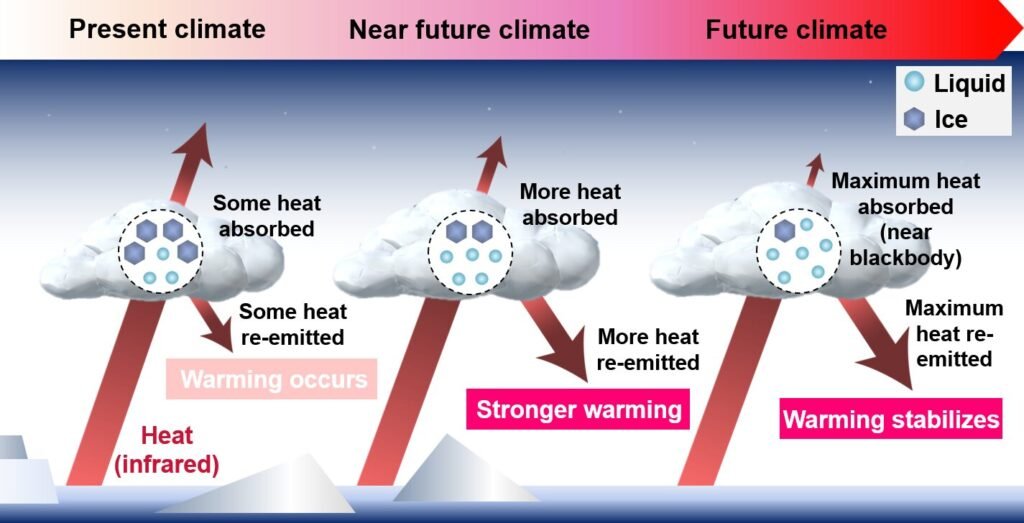
But this feedback doesn’t continue indefinitely. Eventually, the clouds become so rich in liquid that they behave almost like blackbodies—objects that fully absorb and re-emit thermal radiation. Once they reach this point, adding more heat doesn’t significantly change their warming effect. The feedback plateaus.
Unfortunately, because many models underestimate how much liquid is already present in Arctic clouds, they assume this shift lies further in the future. As a result, they over-predict the strength and duration of this feedback, suggesting a more intense future warming than may actually occur.
Fixing the Forecast: A New Horizon for Climate Science
The implications of these findings are profound. Not only do they explain the gap between observed and predicted warming, they also offer a pathway to refine the models themselves.
“We now have concrete evidence that improving the representation of Arctic clouds—particularly their phase composition—is essential,” says Michibata. “It’s the key to producing more reliable predictions, not just for the Arctic, but for global climate systems that are influenced by polar dynamics.”
And those systems are many. The Arctic is a climate keystone, helping to shape jet stream behavior, storm paths, and mid-latitude weather patterns. When it warms more quickly than expected, it can cause the jet stream to meander, unleashing unseasonal cold snaps, heatwaves, and heavy storms in places like North America, Europe, and Asia.
Better models mean better preparation. More accurate forecasts could help communities adapt to extreme weather, plan agricultural cycles, and build resilient infrastructure in a warming world.
The Arctic as a Climate Canary
The Arctic is often called the “canary in the coal mine” of climate change—and for good reason. What happens in the polar north doesn’t stay there. It’s an early warning signal, a sensitive gauge of planetary change. When clouds over the Arctic misbehave—or are misunderstood—it affects how we see the whole world.
This new research from Nakanishi and Michibata highlights the importance of interdisciplinary thinking, combining meteorology, satellite data analysis, and computational modeling to tackle one of the most perplexing challenges in modern climate science.
The message is clear: we cannot afford to ignore the clouds. They are not just background fluff in the sky; they are active agents in our climate’s future, and understanding them more precisely is no longer optional.
Looking Ahead: What Comes Next?
The next step, the researchers say, is to integrate these findings into the next generation of global climate models. This means not only recalibrating the ice-to-liquid ratios in Arctic cloud simulations but also improving how satellite data is used to constrain and test these models.
It also means international cooperation. The Arctic is a shared space, and its future—along with our planet’s climate stability—depends on sharing research, data, and technological advancements across borders.
Moreover, the study underscores the need to support young scientists and interdisciplinary work. Nakanishi, still a graduate student, exemplifies the kind of innovative thinking that drives breakthroughs in science. Her meticulous analysis of clouds might seem niche, but it could help recalibrate an entire field.
The Silver Lining of Cloudy Science
In the end, this story is not just about errors in computer models or satellite observations. It’s about our evolving understanding of Earth’s complexity—and the humility it takes to admit when our assumptions are wrong.
Clouds are elusive, poetic, and now, politically and scientifically significant. They hold in their soft, vaporous folds the power to either warm or cool our world. Understanding them better is one of the most vital challenges facing climate science today.
And thanks to two researchers from Kyushu University, we now have a clearer path through the Arctic fog.
Reference: Momoka Nakanishi et al, How Does Cloud Emissivity Feedback Affect Present and Future Arctic Warming?, Ocean-Land-Atmosphere Research (2025). DOI: 10.34133/olar.0089
